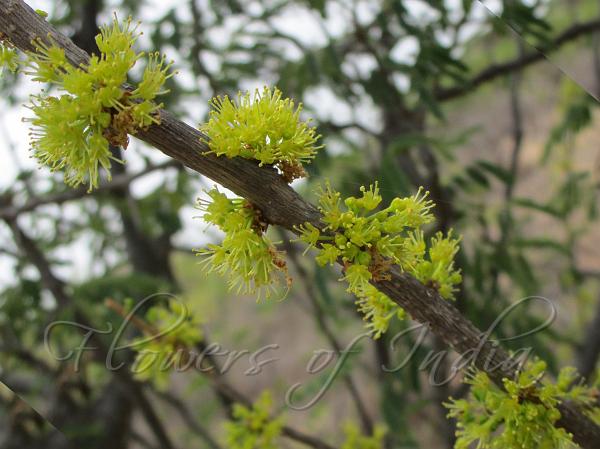|
| Sand Potato Bush |
|

|

| File size | 632323 |
| Original date | 6/30/18 2:21 PM |
| Resolution | 2048 x 1536 |
| Flash | Flash did not fire, auto |
| Focal length | 6.527mm |
| Exposure time | 1/1000s |
| Aperture | 3.2 |
| Focus Distance | |
| Metering Mode | Multi-segment |
| Camera make | Canon |
| Camera model | Canon IXUS 155 |
| Sensor type | OneChipColorArea |
|
|
|
|
Photo: |
Botanical name: Phyllanthus pinnatus Family: Phyllanthaceae (Amla family)
Synonyms: Phyllanthus senensis, Phyllanthus kirkianus
Synonyms: Phyllanthus senensis, Phyllanthus kirkianus
Sand Potato Bush is a bushy shrub, 1-1.5 m tall, or
a small tree up to 4 m tall, entirely hairless. Main branches are rough
with stipule-scars and reduced scaly leaves; leaf-bearing branchlets
fascicled, 4-7 mm long, few-leaved, often deciduous. Leaves are
elliptic, ovate-elliptic, curved oblong-elliptic to round or
obovate, obliquely wedge-shaped, pointed, blunt to rounded at base,
pointed, rounded or blunt and apiculate at tip, 5-23 x 4-17 mm,
membranous, hairless, pale glaucous beneath;
leaf-stalks 1-3 mm long. Flowers are borne directly on older branches,
unisexual, in many-flowered glomerules, often stalked.
Male flowers occur at proximal axils; flower-stalks 3-9 mm long,
thread-like; sepals 3 + 3, obovate, ovate or round, 0.6-1.2 x 0.4-1 mm;
disc annular, about 0.5 mm across, 6-lobed; stamens 6, protruding; filaments
1.5-2.8 mm long, free, thread-like.
Female flowers occur at distal axils; flower-stalks 8-37 mm long,
thread-like; sepals 6, broadly ovate to elliptic, 2-2.2 x 1.6-1.8 mm,
scarious along margins; disc subentire to 6-lobed, about 2 mm across,
flat. Fruits are nearly spherical, 6-8 x 10-11 mm,
3-lobed, crustaceous, wrinkled, with longitudinal nervation. Sand Potato
Bush is found in Semideciduous and scrub forests, up to 1000 m, common,
in Andhra Pradesh and Tamil Nadu, Sri Lanka and East Africa.
Flowering: February-October.
| Identification credit: M. Rajkumar | Photographed in Tiruvannamalai, Tamil Nadu. |
• Is this flower misidentified? If yes,